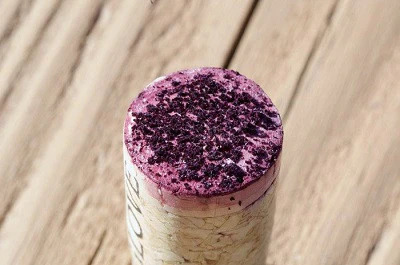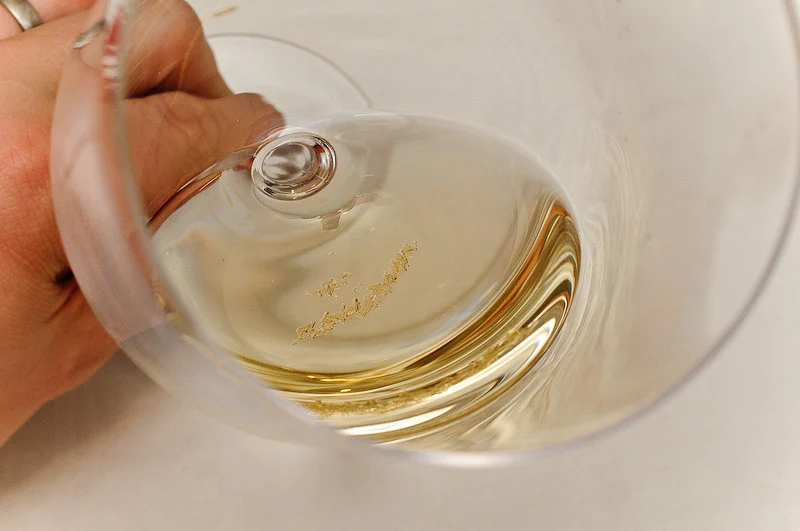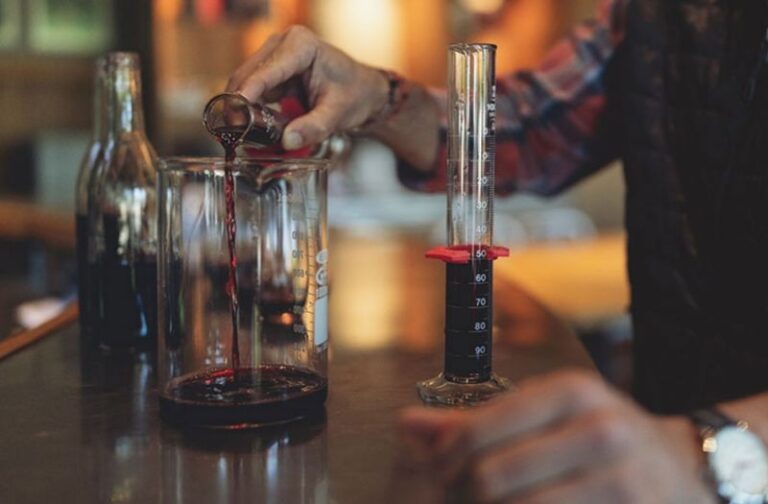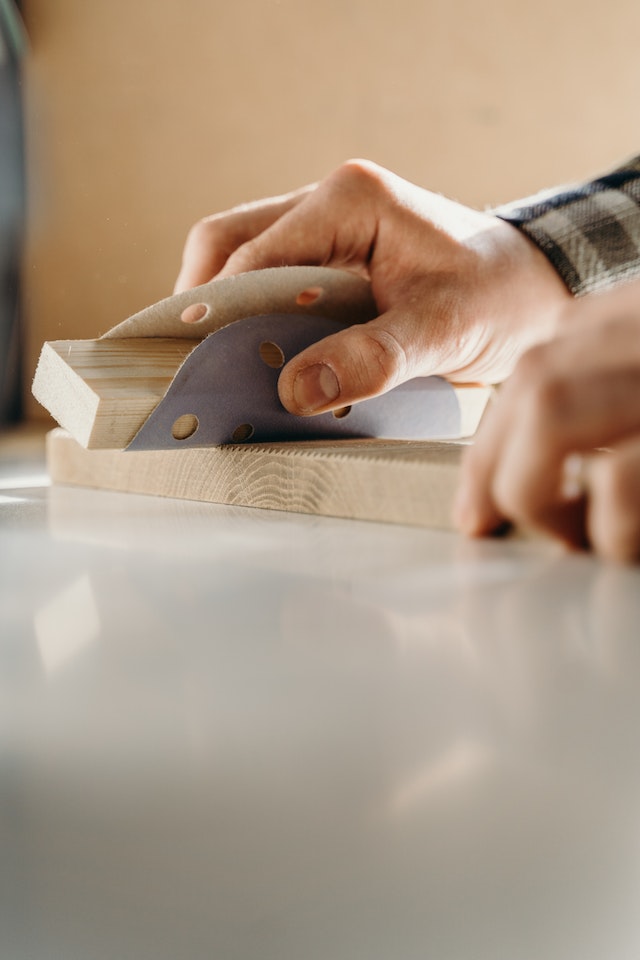Cold stabilization is a term you may have heard about but may not completely understand. It is somewhat down the science geekiness rabbit hole of winemaking. If a wine is not cold stabilized, when it is put into cold temperatures, like in your refrigerator. These larger molecules are not able to remain in solution, so they settle out leaving crystals in the wine. There is absolutely nothing harmful in these crystals, it is more a negative aesthetic for some people.
 So what makes these crystals? It is the potassium bitartrate, also known as cream of tarter. Yep, that same ingredient that you probably have in your kitchen, but rarely use. The only time you probably use cream of tarter is when making a meringue. It stabilizes the small bubbles within the egg white and prevents the proteins from joining together, thus allowing you to stiffen the egg whites faster and allows that “pillowy” softness to the meringue.
So what makes these crystals? It is the potassium bitartrate, also known as cream of tarter. Yep, that same ingredient that you probably have in your kitchen, but rarely use. The only time you probably use cream of tarter is when making a meringue. It stabilizes the small bubbles within the egg white and prevents the proteins from joining together, thus allowing you to stiffen the egg whites faster and allows that “pillowy” softness to the meringue.
Returning to wine, potassium bitartrate is a naturally occurring salt derived from tartaric acid.(KC4H5O6 ) Tartaric acid is what is responsible for the tartness in the wine. It is present in all wines, but certain varieties have more than others. When a wine is not cold stabilized, the potassium (K+) and bitartrate (HT-) bind to form the KHT (potassium bitartrate) come together to create a larger molecule that will settle out into the wine.
Whether or not the KHT will form is dependent on a few things. The first is the temperature. Typically, if you keep your wine in a wine cellar or at room temperature, the particles will never form. It is only if the wine is placed in colder temperatures, like 37oF or below.
Have you been missing the weekly Exploring the Wine Glass posts? They have moved. Sign up at http://eepurl.com/be49CD to never miss a post. Subscribe to Dracaena Wines’ blog in the sidebar on this page.
The second contributing factor is the pH of the wine. There is a direct relationship between the pH value and the percentage of HT- occurs. If the initial pH of the wine, prior to cold stabilization is below pH 3.6, then the pH will decrease as KHT precipitates out of solution, generating one free proton per molecule of KHT precipitated. If the initial pH is above pH 3.6, then the pH will increase as KHT precipitates out of solution (Iland 2004).
Other factors include the alcohol content of the wine and the presence of other materials such as mannoproteins, pectins, and other polysaccharides. The higher the alcohol, and the increase in the larger molecules, the greater the chance these wine diamonds will form.
Although wine diamonds can form in red wines, they tend to be found more frequently in white wines. Since white wines are typically stored at colder temperatures than red, normally have more tartaric acid and are normally found in clear bottles, the crystals are more noticeable.
Now that we know what causes the crystals to form, let’s discuss what winemakers do to prevent it. There are a few options. First, is to do nothing. The process of cold stabilizing can strip the wine of the aromatic and flavor nuances of the wine. Since the crystals only form after an extended time in cold, winemakers feel the positive doesn’t outweigh the negatives.
If they choose to cold stabilize the wine, they would put the wine into a large tank and chill it down to approximately 28oF for an extended period of time. This will encourage the crystals to form and settle out of the solution. Now that the crystals have formed, they can filter them out.
So once again, as with many of these behind the scenes posts, it is up to the winemaker’s philosophy as to whether or not to cold stabilize a wine. Remember, there is nothing wrong with a wine that has not been cold stabilized. It may actually have an overall better palate and aromatics than if it had gone through the cold stabilization process.
The biggest downfall to a wine that is not cold stabilized is not scientific. It is the consumers’ reaction. Some consumers have confused these crystals with chards of glass, while others just don’t like that their wine has particles settled on the bottom. But here’s the best news, they are easy to get rid of! Simply decant your wine through a coffee filter, or a screen and viola! all your wine is now crystal free and still has all the lovely aromatics and flavors. (an extra tip… this works for broken corks also)
~Slàinte!
Please follow us on Instagram, Twitter, Facebook and Youtube.
Try the 90+ rated and multiple Double Gold medal winning wines of Dracaena Wines and get a 10% discount off your first order. Click the banner below and use code “Explore” at checkout. 






Or just consume the crystals. Potassium is an important nutrient.
yep, they can be consumed, not harmful at all. Just not pleasant to have some crunch with your wine.